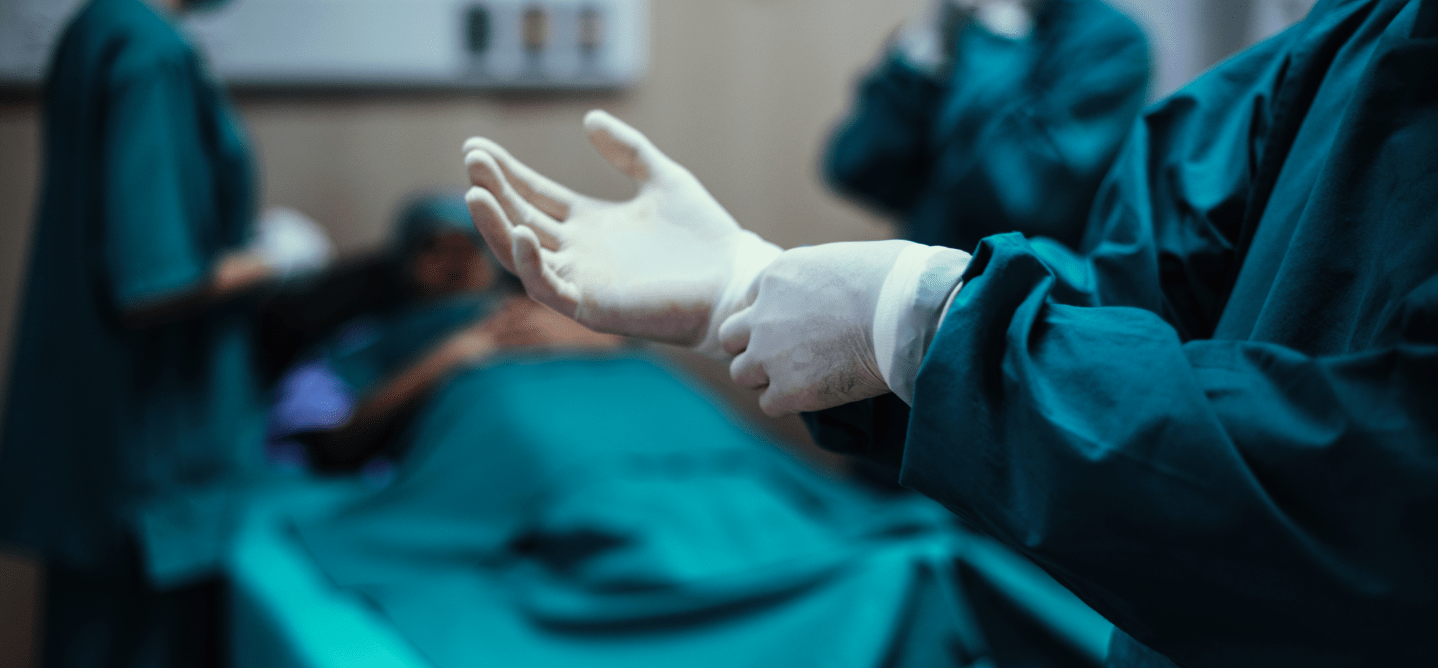Clinical data published in the peer-reviewed journal, Prostate Cancer and Prostatic Disease, explains the mechanism of action through which the UroLift® System provides long-term durability and sustained results for patients with benign prostatic hyperplasia (BPH), also referred to as enlarged prostate.
The UroLift® System implants provide rapid relief from disruptive lower urinary tract symptoms (LUTS) through a minimally invasive procedure that pulls back enlarged prostate tissue. This study is unique in its combination of 3 different facets of research which include pre-clinical canine tissue, human tissue, and post-market surveillance data. The researchers examined tissue samples from 24 healthy canines and 4 human patients who were implanted with the UroLift® System to uncover any potential changes attributed to the implants.
They found that the extracted tissues revealed normal-appearing tissue with minimal-mild inflammation and no encrustation, indicating a stable and normal healing response. The data supports a long-term biological mechanism of action whereby compression-induced localized tissue remodeling is initiated by the UroLift® System implant placement and leads to a widened prostatic urethra.
Furthermore, post-market surveillance data of over 770,000 UroLift® System devices supports that the implant is stable and remains fixed after proper deployment and demonstrate low rates of breakage (0.004%) and encrustation (0.006%). The biocompatibility and stability of the UroLift® System implants appear to be superior to prostatic stents, with studies of prostatic stents showing that up to 47% of men require removal of their implants due to complications associated with migrations and encrustations.1
The UroLift® implant pulls the enlarged prostate toward the capsule, thereby mechanically creating an immediate, visible de-obstruction in the prostatic urethra. Researchers describe this “prostate lift” as a distinct mode of action and compared it with not only prostatic stents, but also thermal ablation techniques that induce tissue damage and may result in extended periods of edema, retention/ catheterisation, and higher risks of urinary infections and ejaculatory dysfunction.2-7
“The UroLift® System is the first mechanical prostatic implant to demonstrate safe and effective treatment of BPH without common issues associated with prior stents. This study describes in detail the unique prostate lift mechanism of action that is the basis of its durable outcomes,” said Dr. Peter Chin, Clinical Associate Professor, Graduate School of Medicine, University of Wollongong, and author on the paper. “Not only are the results seen with the UroLift® System sustainable, but the implants can provide a superior patient experience during the early recovery period4, and rapid symptom relief and preservation of sexual function*8
Read more on how the UroLift® System works here.
The UroLift System is indicated for the treatment of symptoms due to urinary outflow obstruction secondary to benign prostatic hyperplasia (BPH) in men 50 years of age or older and enlarged prostate up to 100cc. Most common side effects are temporary and include hematuria, dysuria, micturition urgency, pelvic pain, and urge incontinence.8 Rare side effects, including bleeding and infection, may lead to a serious outcome and may require intervention. Consult the Instructions for Use (IFU) for more information.
Explore Other Articles

Sexual Function Improved and Preserved with the UroLift® System, a Proven Alternative to BPH Medications
Read More
Address BPH Symptoms Early to Prevent Permanent Bladder Damage and Improve Long-Term Quality of Life
Read MoreNot all products shown on the website may be approved in all regulatory jurisdictions. Consult with your local Teleflex representative for details.
*No instances of new, sustained erectile or ejaculatory dysfunction in the L.I.F.T. pivotal study
References
1.
Armitage, J Urol 2007
2.
Hoffman, Cochrane 2012
3.
Rosario, Br J Urol 1997
4.
Tutrone, Can J Urol 2020. Non randomized controlled study comparing the early patient experience following treatment with the UroLift System and Rezum™ steam injection.
5.
Bruyere, Eur Urol 2010
6.
McVary, J Urol 2016
7.
Rassweiler, Eur Urol 2006
8.
NeoTract US Market Model estimates for 2020, data on file
Healthcare Professional Confirmation
The information on the page you are about to enter is intended for Healthcare Professionals
only.
By clicking the box below, you confirm that you are a Healthcare Professional.

